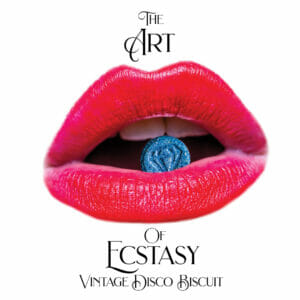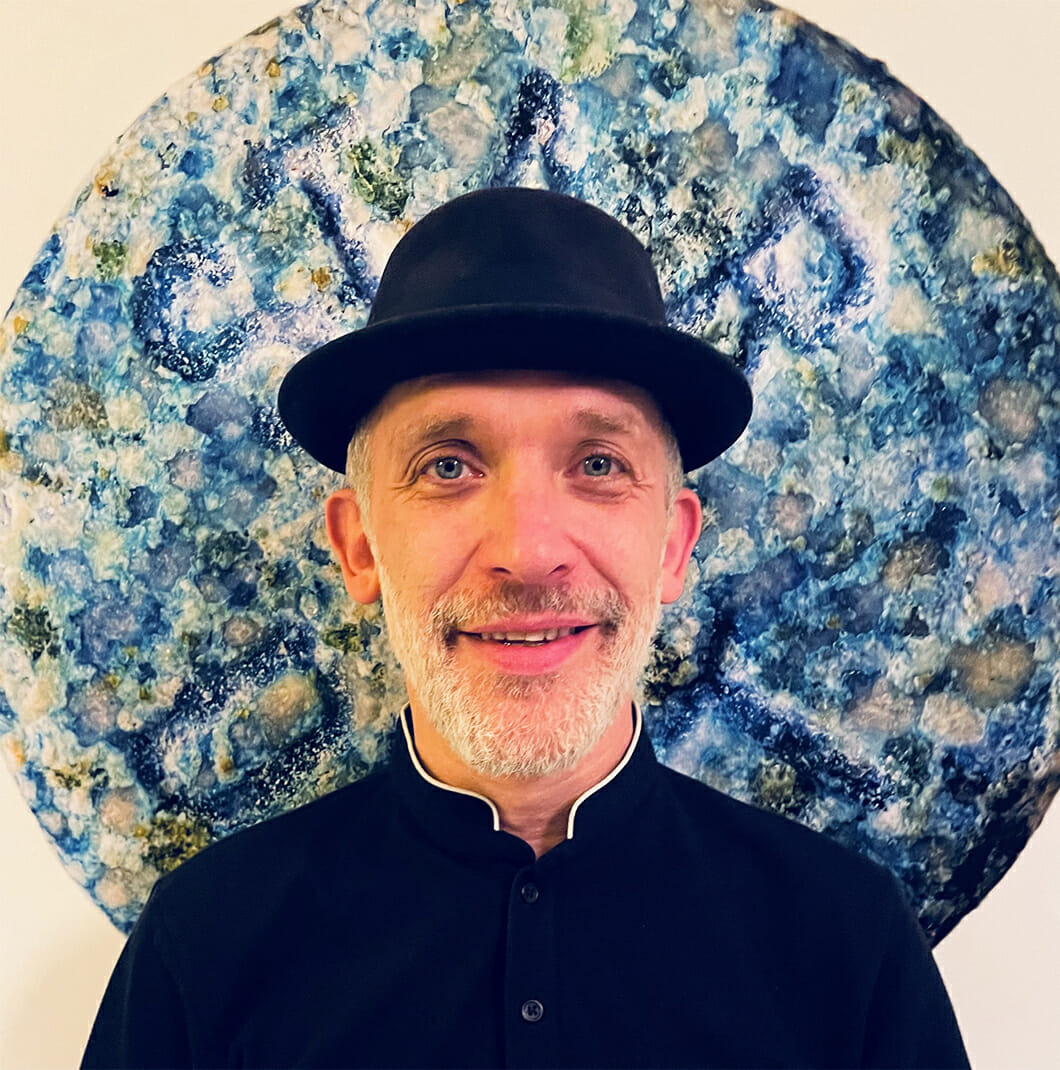
In this episode, Joe interviews artist and photographer, Rupert Alexander Scriven.
Under his brand, Vintage Disco Biscuit, Scriven recently released The Art of Ecstasy: a coffee table book that pairs high definition images of ecstasy tablets he collected over the course of 25 years with interviews and compositions written by himself and a host of other notable names from the 90’s British club scene, documenting the culture and rise of MDMA, while also promoting harm reduction and the work of UK drug charity, The Loop. The book has received some notable high praise, with Dr. Ben Sessa calling it “absolutely fucking awesome.”
Scriven discusses why he started collecting ecstasy tablets and how the book came to be, as well as details behind the photography and writings, which he likes to think of as conversations at an afterparty. And he talks about his days in the club scene and how it was like his church; how MDMA changed culture; UK drug policy; talks with his parents about drugs; differences in the club experience when people are on different substances; and whether or not dancing on MDMA can be the therapy people need. And he asks a question many of us wonder regularly: Why are we, as a culture, so far behind with drug testing?
Notable Quotes
“It really did change the culture and society as a whole, because at the time, there was ‘Thatcherism’ ([from] Margaret Thatcher, our Prime Minister), and there was a lot of disdain, there was a lot of discomfort. And this was just an outlet for everybody to enjoy themselves, whoever they were. So you could be a street cleaner, you could be an MP, you could be anybody. Everybody came together on a Saturday or Friday night and you just partied.”
“Each of these pills, even though they’re only eight millimeters across, that stamp; it didn’t signify just quality, it signified somebody’s memory of meeting a friend, a loved one, an experience, a time. You can go on any forum and people will go, ‘Oh, can you remember the dove?’ …You can ask them, and they’ll be able to recap a full story or an experience they had just from that one on element.”
“A few years ago before the lockdown, [there were] only three festivals that didn’t have The Loop or some form of drug awareness testing charity at them in the UK, and those were the three festivals that there were fatalities. Now that just speaks volumes. It really does.”
Links
Vintagediscobiscuit.com
Wearetheloop.org
Dmagazine.com: How the Starck Club Changed Dallas
Imdb: “Once Upon a Time in America”
Britishculturearchive.co.uk: Blitz Club, London, 1980 | Photographs by Andrew Holligan
Thedea.org: What is Molly? (Leo Zeff is who had the penicillin quote)
Wikipedia.org: Marshall Jefferson
Lawenforcementactionpartnership.org (LEAP)

